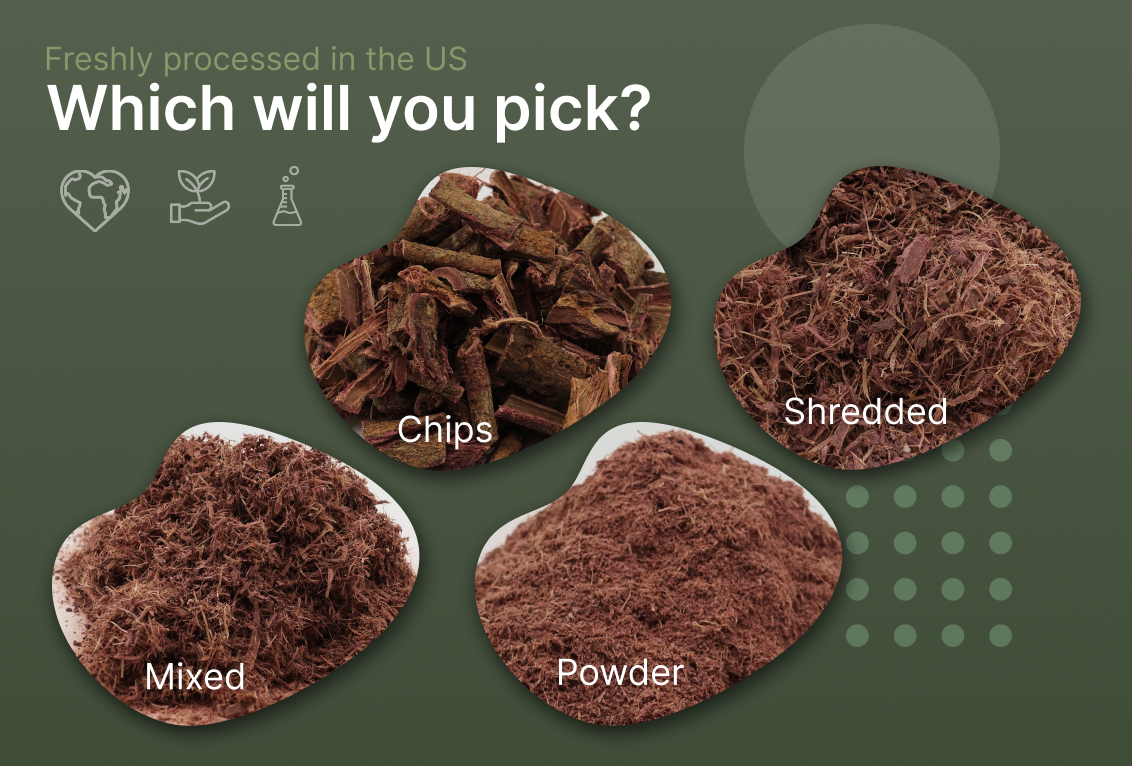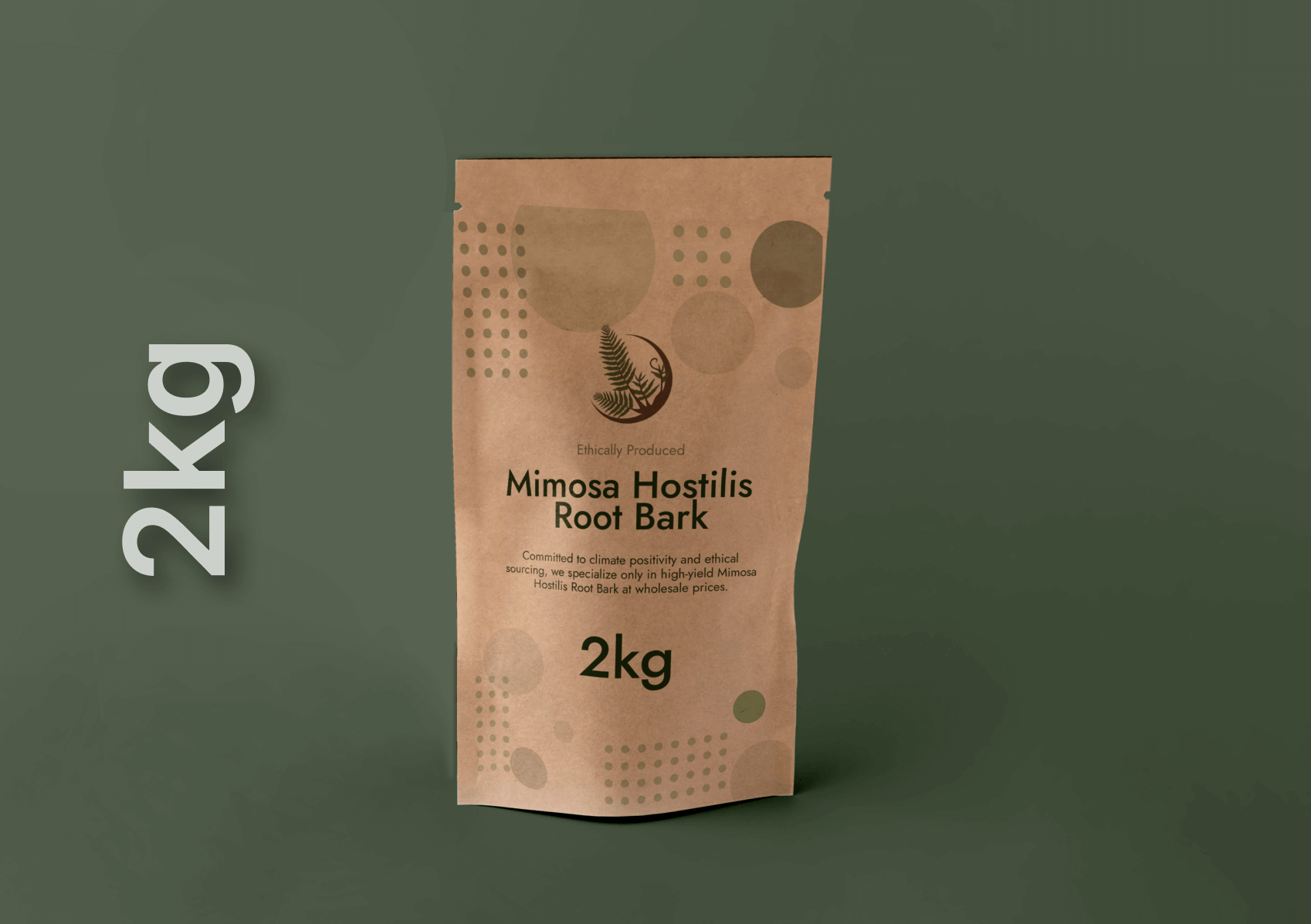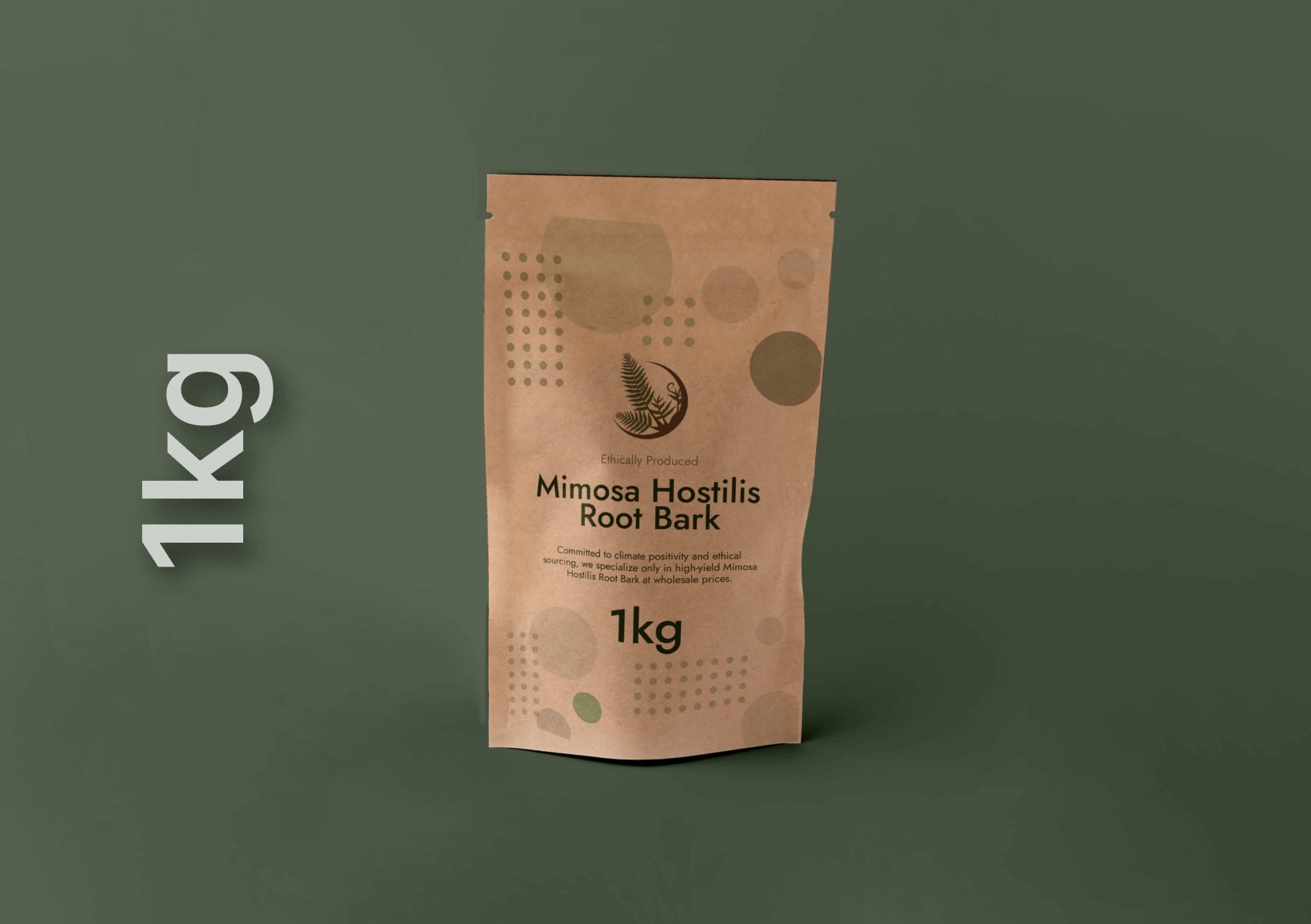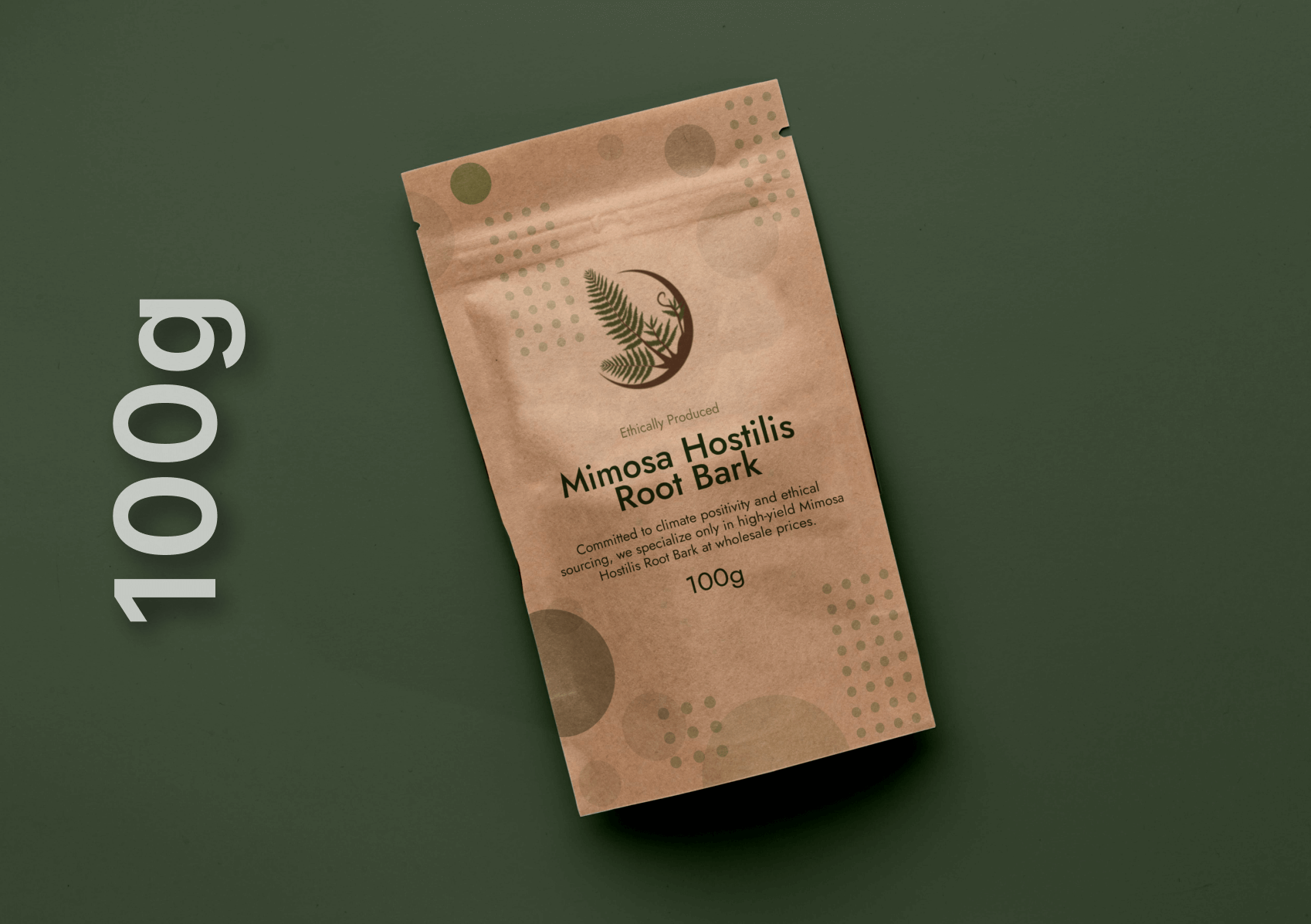Mimosa Hostilis, also known as Jurema Preta, is an incredibly versatile plant that has been used for centuries in traditional medicine, cosmetics, and even arts and crafts. If you’re a DIY enthusiast looking to explore natural, sustainable materials, Mimosa Hostilis is the perfect ingredient for projects like natural dyeing, soap-making, and more. In this guide, we’ll dive into various DIY projects you can tackle using Mimosa Hostilis Root Bark (MHRB), exploring its rich, sustainable properties and how it can add an organic touch to your creations.
1. Natural Dyeing with Mimosa Hostilis
Mimosa Hostilis is renowned for its vibrant and long-lasting dyeing properties, particularly its ability to produce rich purple, brown, and red tones. It has been used traditionally for coloring fabrics, textiles, and even leather. The natural dye is extracted from the bark of the plant, making it a sustainable alternative to synthetic dyes that can harm the environment.
How to Make a Mimosa Hostilis Natural Dye:
• Ingredients: MHRB powder, water, salt or vinegar (as a mordant to fix the dye)
• Steps:
1. Boil the MHRB powder in water for about an hour.
2. Strain the liquid to remove the bark remnants, leaving behind the dye.
3. Add salt or vinegar to help the color bind to the fabric.
4. Soak your fabric in the dye solution for several hours, depending on the desired intensity.
For more detailed tips, check out our comparison of natural dyes: Mimosa Hostilis vs Acacia Confusa: Which Natural Dye Is Better for Large-Scale Production?
2. Soap-Making with Mimosa Hostilis
One of the most popular DIY uses for Mimosa Hostilis is in soap-making. MHRB contains natural antibacterial and anti-inflammatory properties, making it perfect for skin-soothing soaps. It also imparts a beautiful color to your soap bars, and its rich nutrient profile helps hydrate and nourish the skin.
How to Make Mimosa Hostilis Soap:
• Ingredients: MHRB powder, olive oil, coconut oil, lye, and essential oils for fragrance.
• Steps:
1. Carefully mix the lye with water (follow safety instructions for lye use).
2. Heat the oils until melted, then mix the lye solution into the oils.
3. Add MHRB powder to the mixture to create a natural color and to enhance the soap’s healing properties.
4. Pour the mixture into soap molds and let it cure for 4-6 weeks.
For more insight into its benefits for skin, read Mimosa Hostilis: Nature’s Secret Ingredient for Luxurious Soap.
3. DIY Hair Care Products
Mimosa Hostilis has long been celebrated for its ability to promote healthy hair. It strengthens hair follicles, soothes irritated scalps, and adds shine. Incorporating Mimosa Hostilis into your DIY hair care products can offer a natural solution for those seeking chemical-free alternatives.
How to Make a Mimosa Hostilis Hair Mask:
• Ingredients: MHRB powder, coconut oil, and a carrier oil (like argan or jojoba).
• Steps:
1. Mix the MHRB powder with coconut oil until it forms a thick paste.
2. Apply the paste to your hair, massaging it into your scalp and ends.
3. Leave the mask on for about 30 minutes, then rinse thoroughly.
For additional ideas on how to use MHRB in hair care, visit Mimosa Hostilis in Hair Care: Unlocking the Benefits of Nature’s Wonder Plant.
4. Creating Natural Incense
If you enjoy making your own incense, Mimosa Hostilis can add a calming and spiritual element to your blends. When burned, MHRB has an earthy aroma that is perfect for meditation or relaxation. You can combine it with other herbs and essential oils to create custom incense sticks or loose incense for your rituals.
How to Make Mimosa Hostilis Incense:
• Ingredients: MHRB powder, sandalwood powder, essential oils, water.
• Steps:
1. Mix MHRB powder with sandalwood powder to form the base.
2. Add a few drops of essential oil for fragrance.
3. Slowly add water until it forms a dough-like consistency.
4. Shape into sticks or cones and let them dry for several days before use.
Conclusion
Mimosa Hostilis is a fantastic resource for DIY enthusiasts, offering a sustainable, eco-friendly alternative for various projects ranging from natural dyeing to soap-making and hair care. Its versatility and natural healing properties make it an excellent ingredient for those looking to incorporate organic elements into their creative endeavors. With Mimosa Hostilis, you can craft unique, high-quality products that are not only beautiful but also beneficial to your health and the environment.




